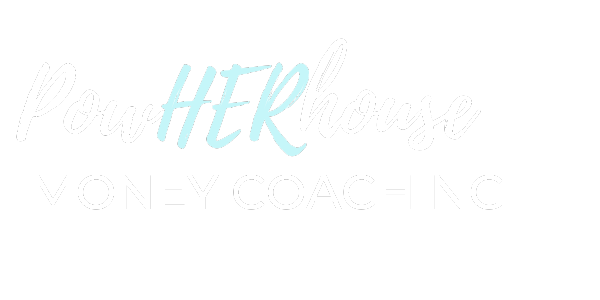One of the most common issues we encounter with our business coaching clients is that they are charging too little for their services. It’s a common misconception that cheaper prices equal more business. In reality, cheaper prices will likely lead to attracting the wrong kind of client, burnout, and resentment.
So, why could you be undercharging for your services? How do we get over the fear of charging what we’re actually worth? Here are a few tips:
1.) Know your worth.
This is perhaps the most important factor in determining your rates. Remember to consider your experience, skills, and the level of difficulty of the project at hand when setting your rates. Don’t be afraid to ask for more! If you feel that your services are worth more than what you’re currently charging, don’t be afraid to ask for a higher rate.
Many of the business owners we work with come to us with a serious case of imposter syndrome. They feel that because they’re new to owning their own business, that they have to charge less. Often, the business owners who feel this way have already subscribed to the myth that in order to get your business going, you have to undercut your competitors on pricing and offer as many discounts as possible. Get this myth out of your head ASAP; say it with us: I deserve to be here.
2.) Consider your costs.
When calculating your rates, it’s important to factor in all of your costs, including things like materials, equipment, and supplies. Sometimes business owners set prices based on being lower than their competitors, even though the cost of their supplies is higher. Don’t keep your head in the sand regarding the cost of completing a project. Create a list of supplies that you will need and the cost of those supplies, and factor that list into your pricing.
Don’t forget to also include your time and labor in your calculations – after all, you’re providing a valuable service that deserves to be compensated fairly. This is also a common new business owner mistake – you take the immense value of your time and skill out of the equation.
3.) Lead with value.
Remember, when you’re selling your services, you need to be focusing on the value you provide your potential client, not the price point.
When you’re selling, make sure you understand the client’s needs and speak to their pain points. Showing them how your service can make their lives easier or address an important issue for them is key. If you speak effectively to the value of the service that you provide – namely, how the service can help your client solve the problem the have – then the potential client will see the price as an investment, not an expense.
What to learn more about how to effectively price your services to see growth and fulfillment in your business? Join the Money Bitch Community or book a Business Coaching Discovery Call with us!





